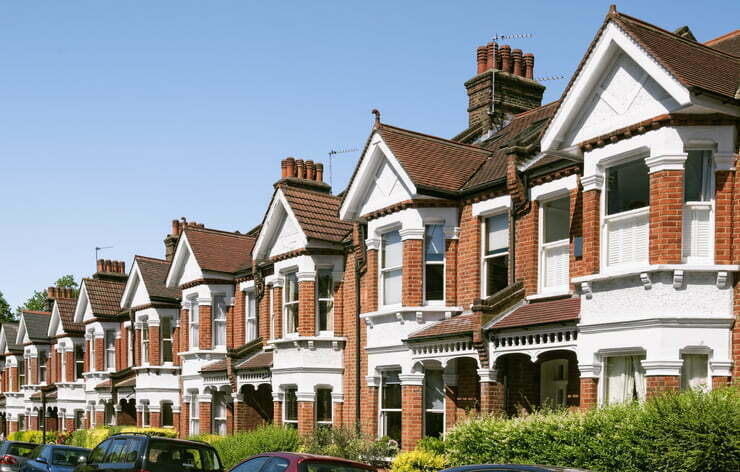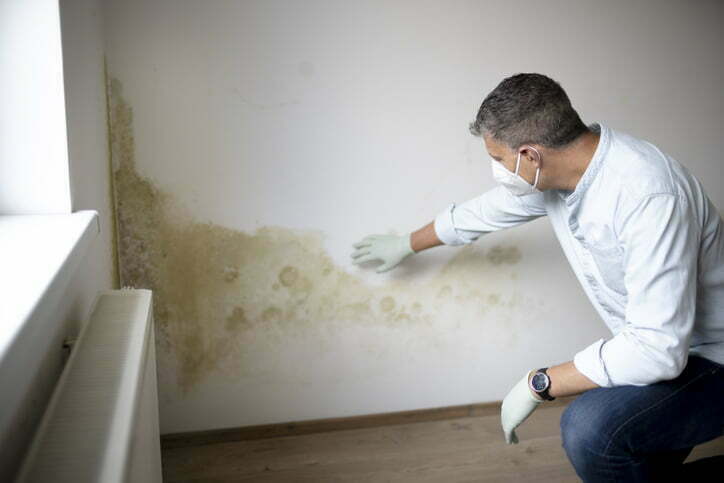Tapco HomeDry Dry Rot Treatment Sevenoaks
We are long term members of Trust Mark and a member of the BWA. CHAS accredited contractor. In addition, all of our surveyors are trained to the high standards of the PCA (Property Care Association).



Dry Rot Specialist In Sevenoaks
If you’re worried about the presence of dry rot in your Sevenoaks home, Tapco Homedry can help. We’re the local experts in damp proofing and dry rot removal in Sevenoaks and the surrounding regions.
Signs of dry rot in your home
It’s important to be aware of the signs of dry rot as a homeowner. In the early stages, dry rot will typically display a furry white growth. As the fungus fruits, it releases spores that are rusty orange in colour.
Wood left behind by dry rot will be dark and brittle. It will have the typically telltale cuboidal cracking that allows it to crumble easily. If you can’t see the dry rot, there is a good chance you will be able to smell it. Dry rot smells musty and damp, but since this can often be confused with other damp conditions, it’s important to call in the experts.
What is dry rot?
Dry rot is the name given to the damage caused by a type of fungus. Serpula lacrymans is commonly found in woodland areas where it helps to break down fallen wood on the forest floor. However, it can also find its way into homes where timber frames and other structures provide the ideal conditions for it to grow.
In the early stages of a dry rot infestation, you can expect to see a furry white growth that appears on damp wood. The fruiting spores are a rusty brown shade and these help to spread the fungus to any suitable wood in the surrounding area. The wood left behind will be brittle, dry and warped.
Despite what the name suggests, dry rot actually requires some moisture in order to thrive. If you have a damp problem in your home that impacts the wooden frame of your property, you could be at risk of developing dry rot.
The name doesn’t refer to the conditions required for this fungus to thrive. Instead, it refers to the damage left behind by the fungus. Some moisture is required for the dry rot fungus to thrive.
This type of rot damage is most commonly seen in older properties with wooden frames, but any home can be at risk of dry rot. Wooden doors, door frames, skirting boards and floorboards will all be at risk.
How is dry rot treated?
There are multiple stages to the dry rot treatment process. First, we need to identify the source of the dampness in your home so we can begin the process of drying it out and taking steps to stop it from returning.
Next, we apply a fungicidal treatment to the affected wood to stop the spores from spreading any further. We will then inspect the damage done to existing timber and determine if this needs to be restored or replaced. We can then offer follow-up checks to confirm the issue has not returned.

Dry rot experts in Sevenoaks
If you suspect you’re dealing with a dry rot outbreak in your Sevenoaks home, don’t delay seeking expert help. Dry rot can spread quickly and cause a lot of damage. Call our Sevenoaks team today to book a damp survey to get on top of your dry rot problem.
What’s the difference between wet rot and dry rot?
Dry rot and wet rot damage is caused by two different strains of fungus. As the names suggest, it is the moisture requirements that set them apart. Wet rot requires moisture levels above 50% to thrive whereas dry rot only needs moisture levels around 20%.
Both wet rot and dry rot can cause extensive and expensive damage to your home if left untreated. You don’t have to know which one is to blame to seek out expert help. Contact our team today to arrange a comprehensive dampness survey to find out the cause of your dry rot or wet rot issues.


 Damp Proofing
Damp Proofing Basement Damp Proofing
Basement Damp Proofing Water Damage
Water Damage Condensation Control
Condensation Control Dry Rot Treatment
Dry Rot Treatment WOODWORM & WET ROT
WOODWORM & WET ROT CAVITY Wall Ties
CAVITY Wall Ties Property Maintenance
Property Maintenance Waterproofing And Tanking
Waterproofing And Tanking Structural Repairs
Structural Repairs
